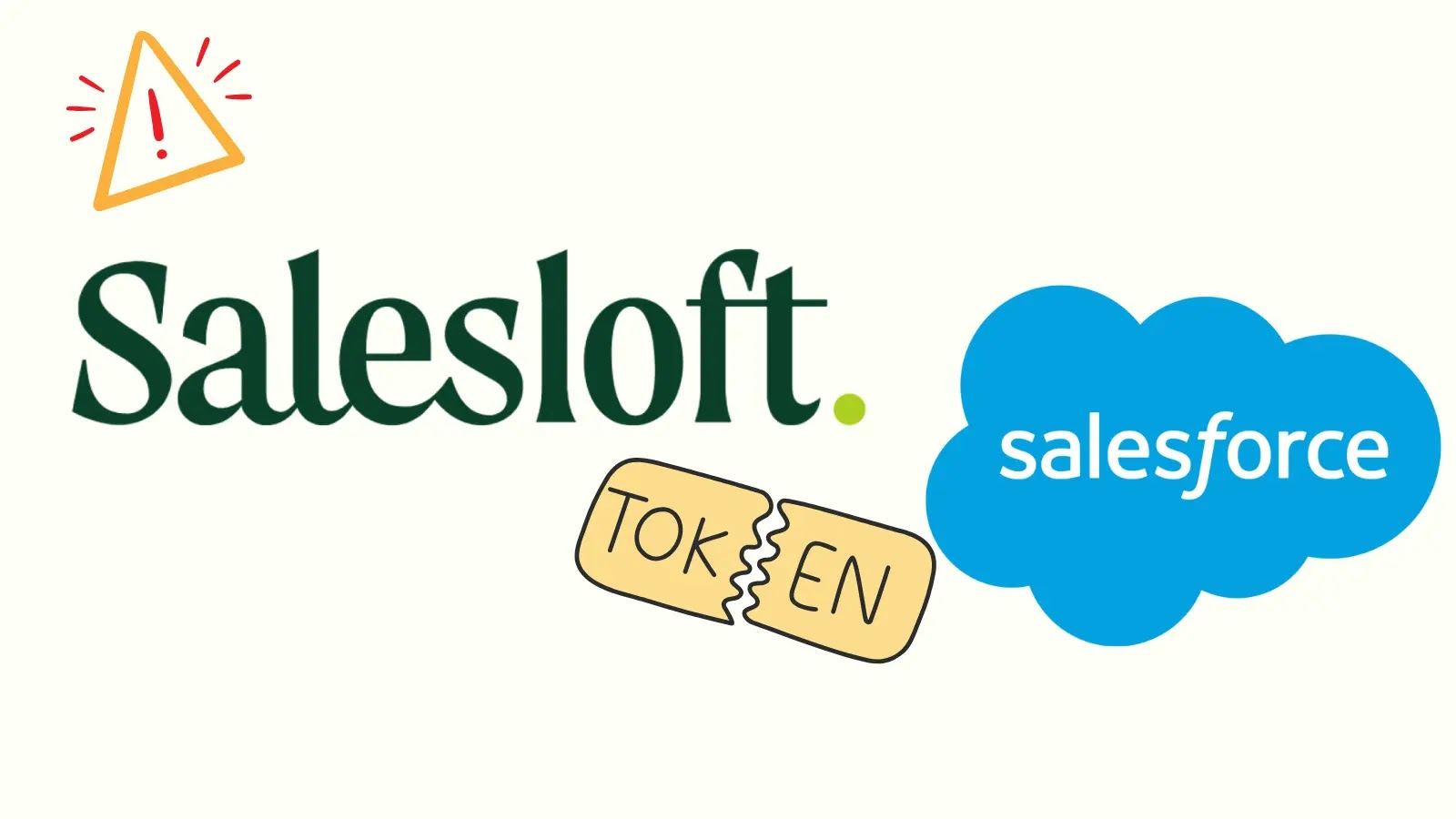
Google Confirms Potential Compromise of All Salesloft Drift Customer Authentication Tokens
In a significant development for organizations utilizing Salesloft Drift, Google has issued a crucial security advisory confirming a far more extensive breach than initially understood. What was once believed to be limited to Salesforce integrations within the Salesloft Drift platform has now been revealed by the Google Threat Intelligence Group (GTIG) to potentially compromise all authentication tokens connected to the service. This revelation carries substantial implications for third-party applications and integrated systems, demanding immediate attention from IT security teams and operational stakeholders.
The Expanded Scope of the Salesloft Drift Compromise
The initial reports of a security incident within Salesloft Drift indicated a contained issue, primarily affecting integrations with Salesforce. However, the comprehensive investigation conducted by GTIG has uncovered a broader attack surface. Their findings suggest that the compromise extends to encompass every authentication token associated with the Salesloft Drift platform. This means that any third-party application, service, or system that leverages these tokens for authentication could be at risk. The severity of this expansion cannot be overstated, as it moves from a targeted integration issue to a systemic concern for all users of the platform.
Understanding Authentication Tokens and Their Risk
Authentication tokens are digital credentials that verify a user’s identity and grant access to specific resources or applications without requiring repeated password entry. They are fundamental to the seamless operation of modern interconnected software ecosystems. When these tokens are compromised, malicious actors can impersonate legitimate users, gain unauthorized access to sensitive data, and execute privileged actions. The potential compromise of all Salesloft Drift authentication tokens therefore represents a significant threat vector, enabling lateral movement within connected systems and potential data exfiltration.
Potential Impact on Integrated Systems
The widespread nature of this compromise means that organizations using Salesloft Drift for various business functions, especially those integrating it with CRM systems, marketing automation platforms, or other critical business applications, are particularly vulnerable. The reverberations could include:
- Unauthorized Data Access: Malicious actors leveraging compromised tokens could access customer data, sales pipelines, marketing campaign details, and other confidential information.
- Account Takeover: The ability to impersonate legitimate users could lead to full account takeovers within connected platforms.
- System Manipulation: Depending on the scope of permissions granted to the compromised tokens, attackers might be able to modify data, send malicious communications, or disrupt business operations.
- Reputational Damage: Data breaches stemming from compromised tokens can severely damage an organization’s reputation and lead to loss of customer trust.
Remediation Actions for Affected Organizations
Given the severity and expanded scope of this incident, immediate and decisive action is paramount for any organization using Salesloft Drift. While a specific CVE ID for this broader incident has not yet been publicly assigned, proactive measures are critical. Organizations should:
- Token Revocation: Immediately revoke all existing authentication tokens associated with Salesloft Drift across all integrated third-party applications. This is the most crucial first step to neutralize any active compromises.
- Token Regeneration: Generate new, strong authentication tokens for all integrations after revocation. Ensure these new tokens are securely stored and managed.
- API Key Rotation: If API keys are used in conjunction with or as a form of authentication token, rotate them alongside the authentication tokens.
- Integrations Audit: Conduct a comprehensive audit of all third-party applications and services integrated with Salesloft Drift. Identify which systems rely on these authentication tokens for access.
- Log Analysis: Review access logs for Salesloft Drift and all connected systems for any anomalous activity immediately preceding and following the disclosure date. Look for unusual login attempts, data access patterns, or unauthorized changes.
- Multi-Factor Authentication (MFA): Ensure MFA is enforced for all administrative and user accounts connected to Salesloft Drift and all integrated platforms. While tokens are distinct from user credentials, MFA adds an additional layer of security should user accounts also be targeted.
- Security Patches: Stay vigilant for any official patches or updates released by Salesloft or Drift and apply them without delay.
- Employee Awareness: Remind employees about phishing risks and the importance of verifying the legitimacy of all communications, especially those prompting credential or token updates.
Tools for Security Posture Management
Maintaining a strong security posture in light of such widespread token compromises requires robust tools. Here are some categories of tools that can assist:
| Tool Category | Purpose | Examples / Link Type |
|---|---|---|
| API Security Platforms | Discover, protect, and monitor API endpoints and their associated tokens. | Example API Security Solutions |
| Cloud Access Security Brokers (CASB) | Enforce security policies for cloud resources and applications, including token management. | Major CASB Providers |
| Security Information and Event Management (SIEM) | Aggregate and analyze security logs for suspicious activity and incident response. | Leading SIEM Vendors |
| Identity and Access Management (IAM) | Manage user identities and control access to enterprise resources, including token lifecycle. | Key IAM Platforms |
Conclusion
The Google Threat Intelligence Group’s confirmation of a potential compromise affecting all Salesloft Drift authentication tokens is a critical cybersecurity alert. Organizations must move beyond the initial limited scope and adopt a comprehensive remediation strategy focused on token revocation, regeneration, and thorough security audits. Proactive security measures, coupled with vigilance and rapid response, are essential to mitigate the significant risks posed by this expanded breach and protect sensitive digital assets and customer trust.





